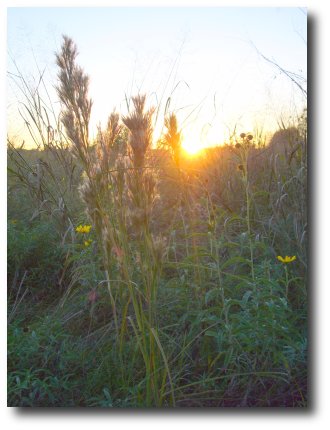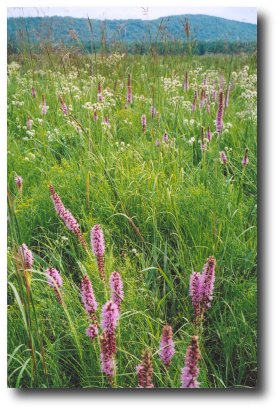 Lex X re-posted an interesting list he found, which I believe was originally published by the New Road Map Foundation. A copy posted by EcoFuture includes references and footnotes for the statistics.
Lex X re-posted an interesting list he found, which I believe was originally published by the New Road Map Foundation. A copy posted by EcoFuture includes references and footnotes for the statistics.
The list seemed appropriate for the new year, thinking about where we are and how we can improve in the new year. I was surprised to see tallgrass prairie included in the list:
In the last 200 years the United States has lost:
- 50% of its wetlands
- 90% of its northwestern old-growth forests
- 99% of its tall grass prairie and
- up to 490 species of native plants and animals with another 9,000 now at risk
I think we should try to follow bad news with potential good news whenever possible, so here is a thought: what if we could fund the restoration of vast amounts of tallgrass prairie while helping to solve global warming and achieving energy independence based on a renewable, ecological system? I plan to post more on cellulosic ethanol in the near future.





 In the past, several people have asked me what groups are involved in on-the-ground prairie conservation and restoration. I thought I would start the list in a blog post, and expand on it as we found out or remembered more organizations. (We can make a list of advocacy-only organizations in a future post.)
In the past, several people have asked me what groups are involved in on-the-ground prairie conservation and restoration. I thought I would start the list in a blog post, and expand on it as we found out or remembered more organizations. (We can make a list of advocacy-only organizations in a future post.)

 Do you know of some native prairie (tallgrass and shortgrass), savanna, desert grassland, or other native grassland related news? Then send it our way! Submit news by emailing us at
Do you know of some native prairie (tallgrass and shortgrass), savanna, desert grassland, or other native grassland related news? Then send it our way! Submit news by emailing us at 